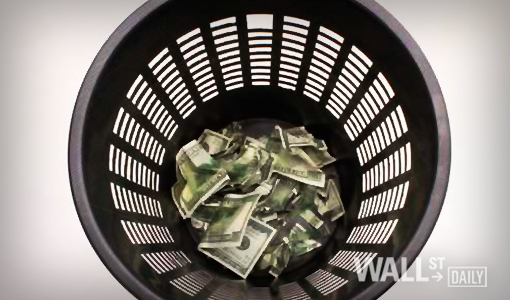
Income investors were no doubt relieved by the Fed’s recent decision not to raise interest rates.
Indeed, the continuation of cheap money policy was good news for the stock market, even if it suggests the Fed is worried about global growth.
However, income investors still need to worry about the next recession, as my colleague Alan Gula mentioned on Friday. Based on normal cyclical considerations, that event is likely no more than two to three years away.
Companies have a nasty habit of cutting dividends in recessions and not restoring them afterwards. Even when a company regains earnings after the recession, it may not fully restore its dividend.
For example, General Electric Co. (GE) – among the most solid companies in the United States – was paying a $0.31 quarterly dividend in 2008. It cut the dividend to $0.10 in 2009 and has restored it to just $0.23 today. All the while, the company was wasting time with untold billions of dollars in stock repurchases, which do nothing for the little guy.
Elsewhere, JPMorgan Chase & Co. (JPM) and Wells Fargo & Co. (WFC) restored their pre-2008 dividends only last year, and Citigroup Inc. (C) is still far from doing so – its dividend is only a tenth of the 2007 level, though admittedly it has issued huge numbers of shares in the interim.
Fortunately, there are ways to minimize the risk from recession dividend cuts.
Look Out for Leverage
First, there are qualitative signs that can help identify a company whose dividend is unsafe. Leverage is probably the most critical. If a company has borrowed heavily leading up to the recession, it’s likely to get into difficulties.
This is especially true if the company has acquired the leverage by repurchasing its shares at a big premium to net asset value (NAV). In that case, it may have diluted its NAV to such an extent that, when the recession comes, it has neither cash flow nor hard assets left to pledge for new debt.













Leave A Comment